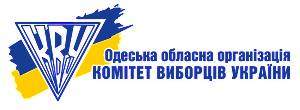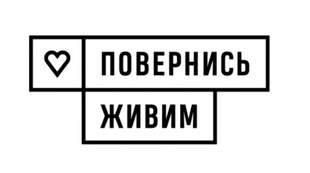Меню
Social networks
Sections
April 8, 2025, 11:08 p.m.
Ukrainian Media Struggles to Cover Crimea: Only 6 Outlets Active
Цей матеріал також доступний українською280

Image: Intent
After the annexation of Crimea, the occupiers began to remake the information space, as they say, for themselves. This concerned both the content and the language. Intent analyzed the current situation with the number of media outlets that write the truth about the situation on the peninsula.
The voice of Crimea is getting quieter
According to a study by the Institute of Mass Information dated May 31, 2024, the Ukrainian media have virtually no information about social and political life on the occupied peninsula. Most often, they write about the AFU's strikes on military targets on the peninsula, cover the anniversaries of the deportation of Crimean Tatars, and inform about pressure or persecution of civilians on the peninsula by the occupation authorities and law enforcement agencies.
However, Crimean residents are unable to learn about social life on the peninsula from Ukrainian media, and people who have moved from Crimea to mainland Ukraine remain poorly informed about life on the peninsula.
Accordingly, Crimeans may feel a certain information vacuum, which they are forced to fill from unreliable sources, such as Russian media or unverified social media pages.
There are highly specialized publications that cover Crimea, but there are not many of them. And, according to the author of the study, IMI analyst Olena Holub, this is not primarily because Ukrainians have lost interest in Crimea, but because it is difficult and problematic to get truthful information from there.
"First of all, it is difficult to verify the information. We cannot refer to the Crimean propaganda media, because we cannot consider them a true source of information. Secondly, it is dangerous for people who can provide information," says the expert.
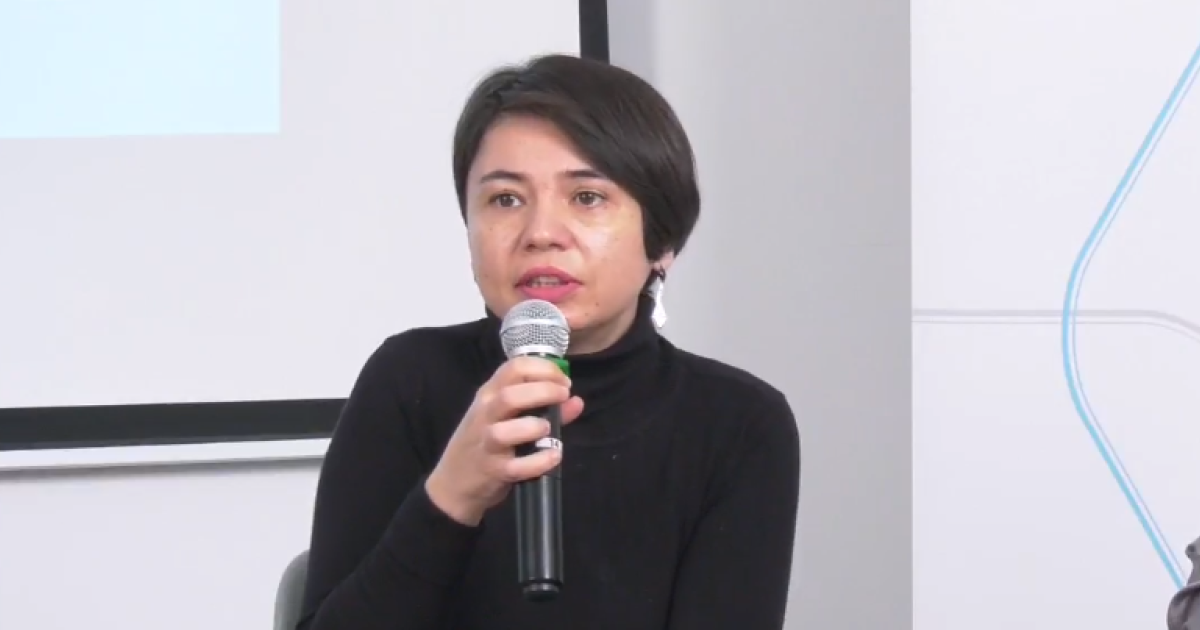
Olena Holub. Photo: IMI
She is sure that this is very important. After all, the Russians are trying to erase the memory of Ukraine and Ukrainian Crimea from the local population.
"Since 2014, the media that remained in Crimea and came under Russian influence have been mentioning Ukraine for some time. But in a negative light. That is, water problems are Ukraine's fault, bad roads are Ukraine's fault, and so on," the expert says.
And then, according to her observations, they stopped mentioning Ukraine altogether.
"That is, the Crimean media tried every possible way to distance themselves from Ukraine. As if Ukraine had never existed in the history of Crimea. There was Russia, there was the Soviet Union, and there was Russia again," says Olena Holub.
With the start of the presidential election campaign and immediately after the 2019 elections, Ukraine returned to the Crimean media.
"Back then, there was quite positive rhetoric about Volodymyr Zelenskyy. He was called a simple guy by the people who had the right position and attitude towards the Russian language. That is, the Crimean media hoped that the law on language would be repealed," the analyst recalls.
And there is no explanation as to what the occupiers benefited from this: Crimea was annexed at the time, and the Crimeans should not have cared what language was spoken on the mainland of Ukraine.
"But for some reason, the Crimean propaganda media kept raising the language issue, and it was on the agenda," the researcher says.
She also noted that the media in Crimea publish information only in Russian. There is no transition to Crimean Tatar, let alone Ukrainian on local websites.
"All Ukrainian-language sites on the peninsula practically disappeared during the first six months of the occupation," the expert said.
The fact that there is a certain decrease in the number of media that systematically cover events in the occupied Crimea was also noticed in the Presidential Mission in the Autonomous Republic of Crimea. One of the reasons for this is the difficulty of obtaining truthful information.
"Nevertheless, there are organizations and media in Ukraine that continue to work actively on covering Crimean issues, regularly publishing materials in Ukrainian and Crimean Tatar, covering human rights violations, militarization of the peninsula and resistance to the occupation," says Yevhen Bondarenko, Head of the Information Support Department of the Presidential Mission in the ARC.
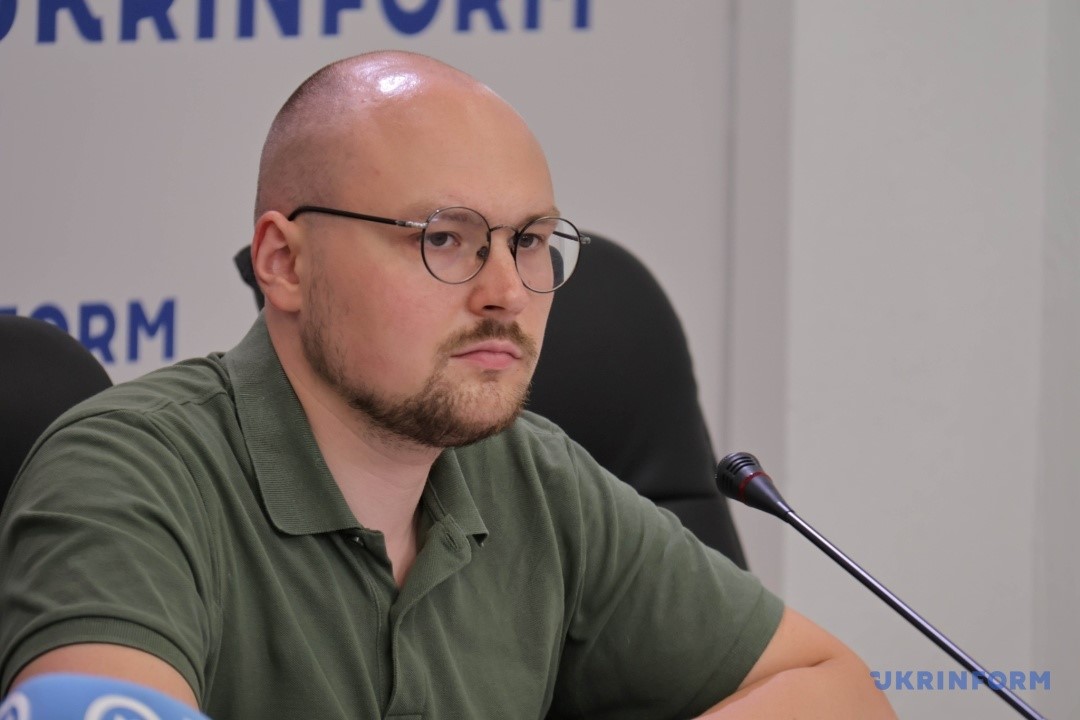
Yevhen Bondarenko. Photo: Ukrinform
To make the voice of Crimea sound louder, he believes it is necessary to support existing and new initiatives, cooperate with the media and human rights activists. And the state should play a key role in supporting such media and projects.
The language of media sites reporting on Crimea
Intent has identified 6 Ukrainian online media with a general focus on events in Crimea and 4 websites of Crimean human rights groups that have a news feed. We investigated the language in which they provide information and whether the Crimean Tatar language is on the list.
Most often, the Crimean media operating from the territory of free Ukraine choose Ukrainian for their publications. Almost all of them have a transition to Crimean Tatar, English and Russian.

Image: Intent
Suspilne Krym, Krymska Platforma and Qirim media do not have a Russian version. Qirim media, KrymSOS, Voice of Crimea and the Crimean Human Rights Group do not publish materials in Crimean Tatar.
At the same time, Suspilne Krym, for example, offers to read news and some of the large texts in Crimean Tatar in the material itself. There is no direct link to a page with another language on the site.

Screenshot of the screen. Suspilne. Krym.
Krym.Realii has a different news feed in each language. The Ukrainian and Russian versions of the site publish news daily, while the Crimean Tatar version has breaks. For example, the latest news on the Crimean Tatar version was published on Friday, March 28. Then the editorial board ended the day with the article "Ukrayina Tış işler nazirligi Putinniñ Ukrayinada "tış idare" kirsetüv laflarına cevap berdi" ("Ukrainian Foreign Ministry responded to Putin's talk of introducing "foreign control" in Ukraine"). At the same time, the last news item on the Ukrainian version of the site was "No one will agree to territorial concessions on Crimea or Donbas" - Ukrainian Ambassador to Poland", and on the Russian version - "UN Secretary General comments on Putin's statements about "external control" in Ukraine".

Screenshot of the screen. Krym.Realii
The situation is that news in Crimean Tatar is published from time to time on the website of the Crimean Tatar Resource Center. The latest news on the Crimean Tatar version is from March 16, and before that it was on February 26.
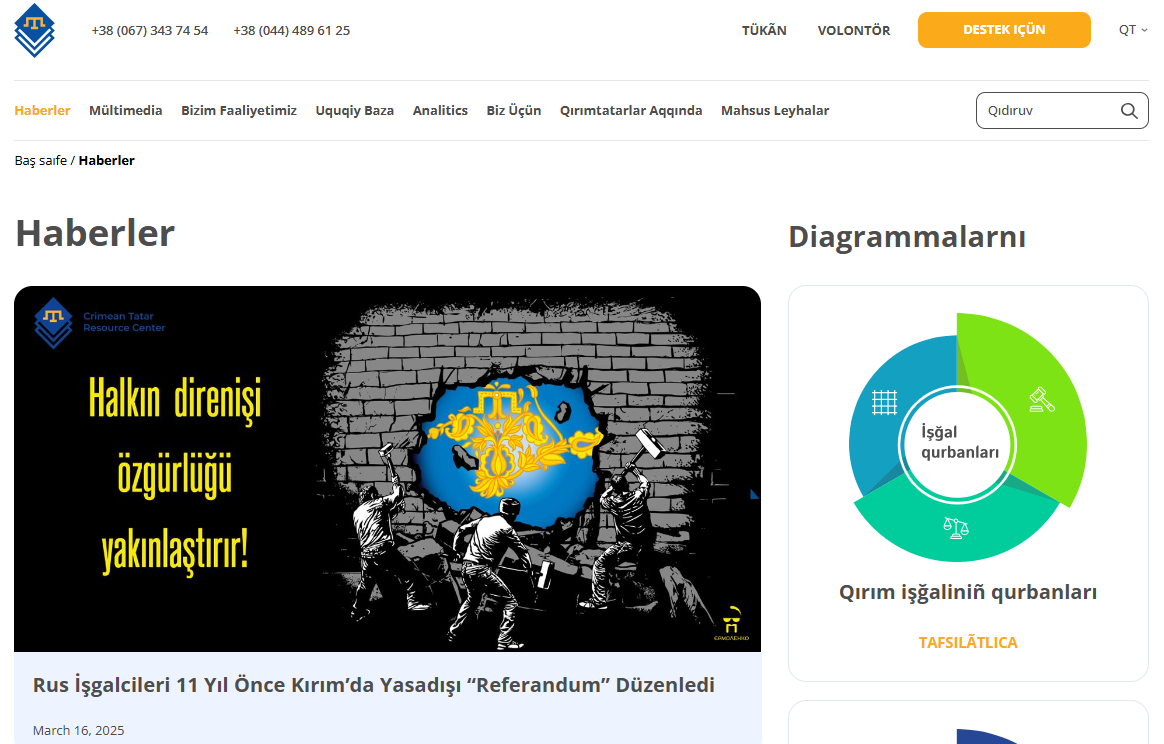
Screenshot. Crimean Tatar Resource Center
They have switched to the Crimean Tatar language, but have not updated the news on the Crimean platform recently. At the same time, the Ukrainian version is updated regularly.
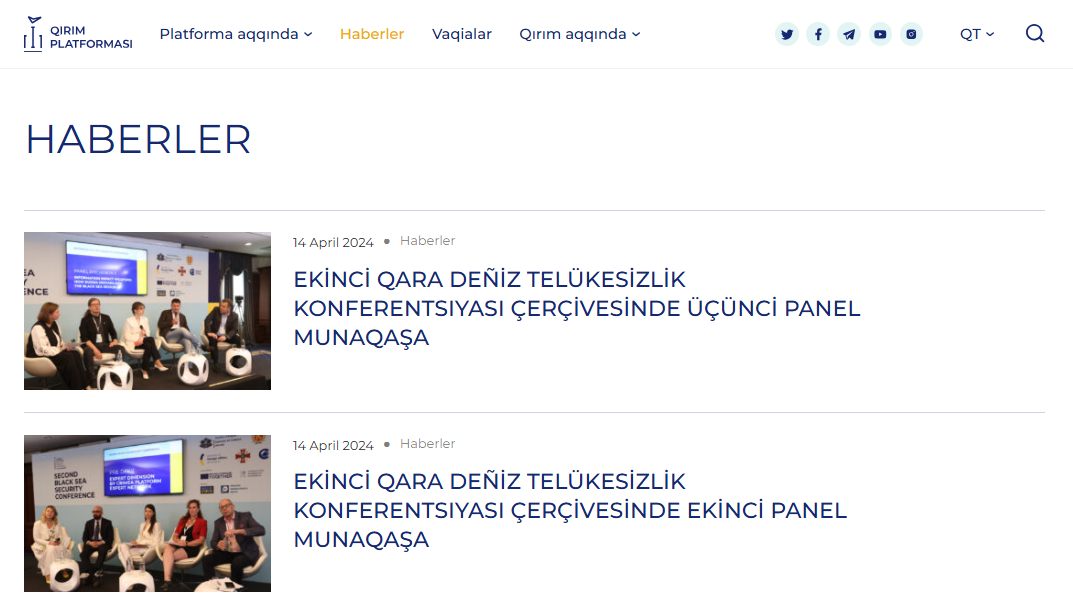
Here is a screenshot. Crimean platform
The Crimean Public Media also offers to switch to Crimean Tatar, but the news is still displayed in Ukrainian.

Here is a screenshot of the screen. Crimean public media
The UA South website, which has a version in Crimean Tatar, has not updated information since July 2024. The banner states that you can follow their news on Crimean Public Media.
Fevzi Mamutov, a deputy of the Odesa Regional Council, noted that the Crimean Tatar language is not enough in the media that write about Crimea.
"There are media platforms that deal with Crimea, but for Ukraine, this is super small. And those who write in the Crimean Tatar language are absolute few. There are two media resources in Ukraine and three in Turkey," the MP added.
Media in social networks
On Facebook, the media studied published posts mainly in Ukrainian, none in Crimean Tatar. At the same time, Krym.Realii is the only media outlet with the largest number of followers that posts information in Russian. The publication's page has 342,000 subscribers, and 128,000 people have indicated that they like it.

Image: Intent
On Telegram, the Ukrainian language also prevails among these media. However, Krym.Realii, which also has the majority of followers (27 thousand), posts in Russian. Crimean Public Media also publishes news in Russian on Telegram.

Image: Intent
At the same time, none of the media studied that has a YouTube channel use Russian on their channel. Crimean Public Media and the Crimean Tatar Resource Center sometimes post videos in Crimean Tatar. The media outlet has 6,710 subscribers, while human rights activists have 1,300.

Image: Intent
Thus, the information situation in Crimea continues to be difficult: Russian propaganda controls the local media. Ukrainian media trying to cover the situation on the peninsula face difficulties due to limited access to information and the danger to those who provide it. Financial, organizational, and informational assistance can help develop these media and civic initiatives, ensuring their sustainability and expanding their audience.
The survey was conducted on April 4. If your media outlet was not included in the survey, please contact intent.press@gmail.com.





